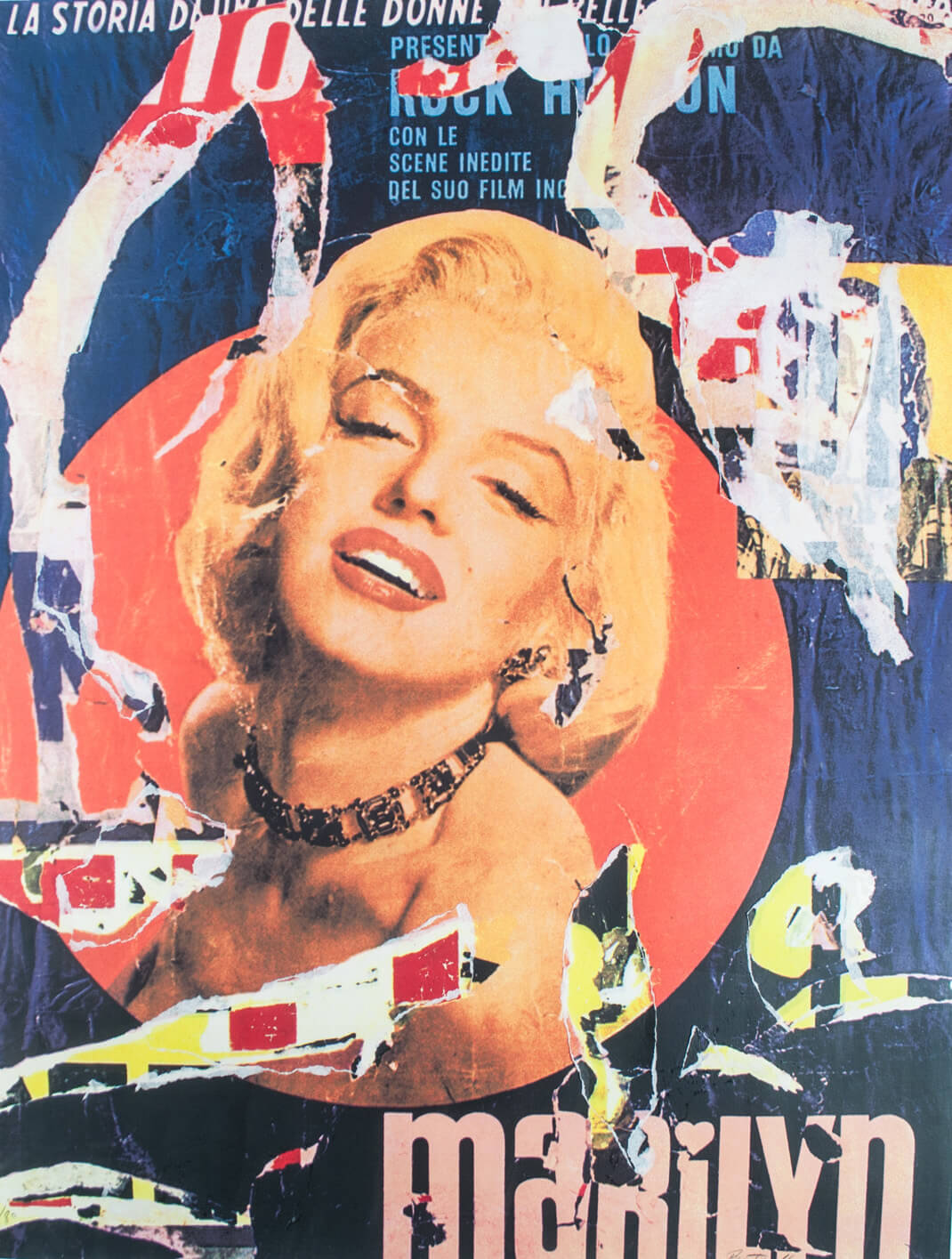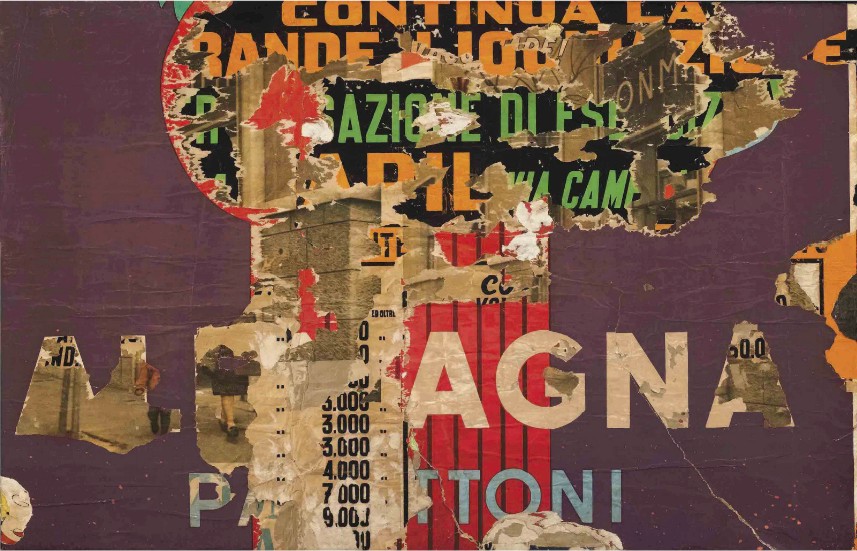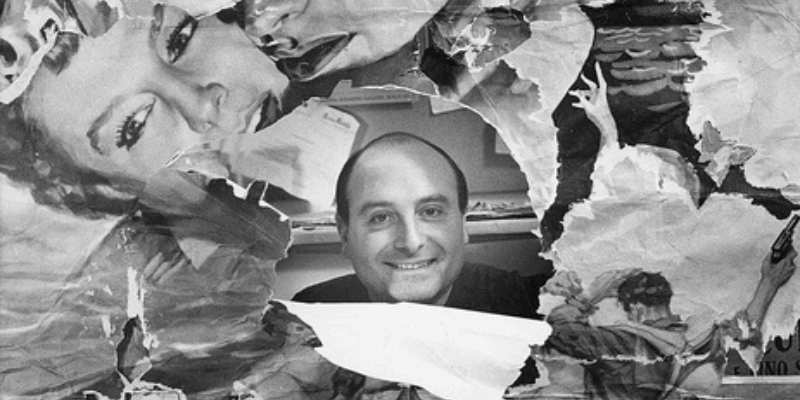Mimmo Rotella, a well-known Calabrian artist who was born in 1928, had a major impact on global Pop Art. In the 1950s, he switched from abstract painting to his distinctive “Décollage” method, which involved assembling complicated collages on canvas from ripped street advertisements. Hollywood legends like Humphrey Bogart and Marilyn Monroe became cultural icons thanks to his work. As well as combining aspects of Cubism, Abstract Expressionism, and Dadaism, Rotella’s work echoed Pop Art’s condemnation of consumerism and mass media. He studied numerous art movements, such as Mec-Art, Nouveau Réalisme, and “Blanks.” His persistent passion for films inspired him to work with directors on film-related ventures. The international cinema and art prizes given out by the Mimmo Rotella Foundation carry on Rotella’s legacy.

11 Facts on Mimmo Rotella
1. Mimmo is only a pseudo-name of the artist. His actual full name was Domenico “Mimmo” Rotella, and he was born on October 7, 1918, in Catanzaro, Italy
2. In southern Italy, Rotella was raised in a working-class household and initially pursued a career in art at the Academy of Fine Arts in Naples.
3. He first specialised in figurative painting but then changed his focus to become a pioneer of the “Décollage” art movement in the 1950s.

4. Décollage is the process of ripping or removing multiple layers of wall-mounted flyers or advertisements to produce a fresh visual composition. One of the important individuals in the spread of this method was Rotella.
5. The Nouveau Réalisme movement, which started in France in the late 1950s and featured artists like Yves Klein and Jean Tinguely, was a movement that Rotella was also a part of.

6. Rotella regularly used movie posters as his inspiration, which gave his creations a cinematic feel. This further tangled with the distinctions between the artist’s Decollage and Pop Art movements.
7. Commercially as well Rotella grew famous and widely admired. He collaborated with several fashion brands, including Valentino and Versace, creating unique art pieces and prints.

8. There were several prestigious accolades the artist was presented with. This included the Grand Prix des Arts et Lettres in France in 1986.
9. His versatility was showcased not just via his artworks but also his tools. He experimented with various materials in his art, such as plastic, fabric, and vinyl.

10. Decollage and pop art were not the only fields he helped encourage. His innovative techniques of tearing and reassembling posters also had a significant influence on the development of street art and graffiti.
11. His art was not just limited to Decollage. From 1953-54, he also delved into retro posters, an art called retro d’affiche. Retro d’affiche was first exhibited in 1955.
Read Also:





